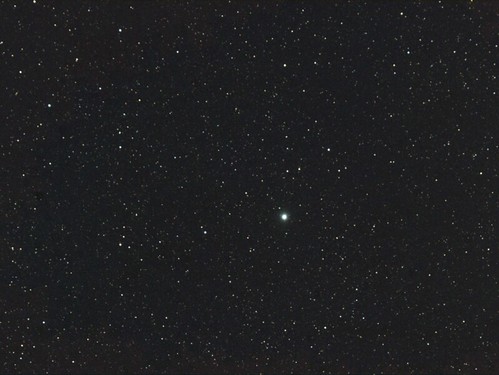Twinkle, Twinkle Little Nova
- By Maggie Masetti
- December 27, 2013
- Comments Off on Twinkle, Twinkle Little Nova
Recently those in the Southern Hemisphere were treated to a new sight in the sky – a nova that was so bright it could be seen with the naked eye. Indeed, Nova Centauri 2013 was one of the brightest in years.

Image credit: NASA/MSFC/ESSSA/Aaron Kingery
What is a nova? It is essentially a nuclear explosion on the surface of a dying star.
Stars have life cycles that vary depending on their mass, with their paths diverging after the red giant phase of their lives. The most massive stars will under go a supernova explosion after this point, eventually becoming a black hole or a neutron star.
Lower mass stars, like our sun, don’t explode – they collapse into small compact white dwarf stars, which will eventually cool into a black dwarfs. White dwarfs often orbit around a companion star, and can pull matter, like hydrogen and helium, off that companion. When enough of this matter (and remember that hydrogen and helium are the perfect fuel for fusion reactions) falls onto the white dwarf, the tremendous gravity of the white dwarf creates enough pressure that spontaneous nuclear fusion results. This explosion of runaway fusion makes the star flare up, dramatically increasing its brightness for a short time. A nova (unlike a supernova) does not destroy the star, though a ring of debris from the explosion may be created.
If you’re in the Southern Hemisphere, you should still be able to see the nova with binoculars, though it is unfortunately no longer visible with the naked eye.

Credit: ESO/Y. Beletsky
More References:


